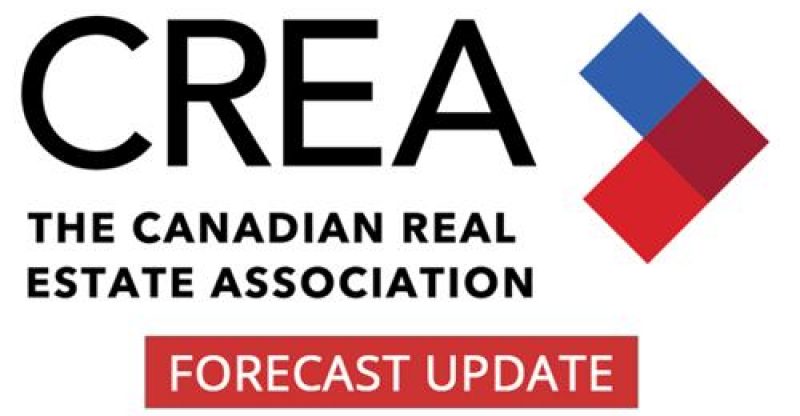Updates From CREA Resale Housing Market Forecast
The Canadian Real Estate Association has recently updated its forecast for home sales activity via the Multiple Listing Service (MLS) systems of Canadian real estate Boards and Associations in 2017 and 2018.
The update shows that the housing market flows continue to diverge considerably among regions along four main themes: British Columbia, the Greater Golden Horseshoe, oil and natural resource dependent provinces, and everywhere else.
Activity is showing recent signs of recovery from last year’s correction in some parts of British Columbia. This might be a sign in improvement of home buying.
In Ontario, there is evidence that housing market sentiment has similarly cooled after the provincial government has made some changes in the jousting policies in April 2017. There is a slowdown in home sales and price growth in the Greater Golden Horseshoe region.
In Alberta, Saskatchewan and Newfoundland and Labrador, activity is still running at lower levels and supply remains elevated. The resultant is a seemingly softer price trend in the two western provinces and more pronounced price declines in Newfoundland and Labrador. Still activity in Alberta has firmed up compared to the low reached in early 2016 and the balance between supply and demand in the province has been tightening. By comparison, the balance between supply and demand in Saskatchewan and Newfoundland is increasingly favoring buyers.
In Manitoba, Northern and Eastern Ontario, Quebec, New Brunswick, Nova Scotia and Prince Edward Island, housing markets had a breakout year in 2016 at different degrees, with increasing sales pulling down previously elevated levels of supply. So far this year, more balanced market conditions have remained in all these regions.
At a national level, sales activity is forecast to decline by 1.5% to 527400 units in 2017.
British Columbia sales are forecast to decline in 2017 compared to the 2016 record (-9%), as well as Newfoundland and Labrador (-11.7%). Provinces like Saskatchewan, Ontario and Prince Edward Island are set to experience small declines: -4.4%, 2.1%, 5.3% respectively.
Alberta on the other hand is forecast to experience the largest increase in activity in 2017 (+10.2%). But still, sales will be below its 10-year average.
Activity in Quebec and New Brunswick is projected to increase (+3.6% and +1.9%), while little changes from last year’s levels will be seen in Manitoba (+0.3%) and Nova Scotia (-0.4%).
National sales in 2018 are forecast to number 523000 units, representing a decline of 0.8% compared to the 2017 forecast. This annual decline is mostly expected to derive from fewer sales in British Columbia and Ontario after expected interest rate increases later in the year.





